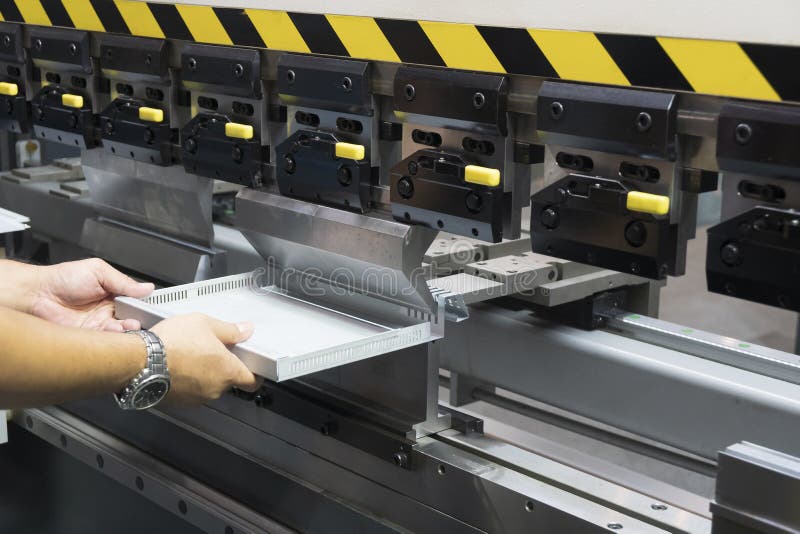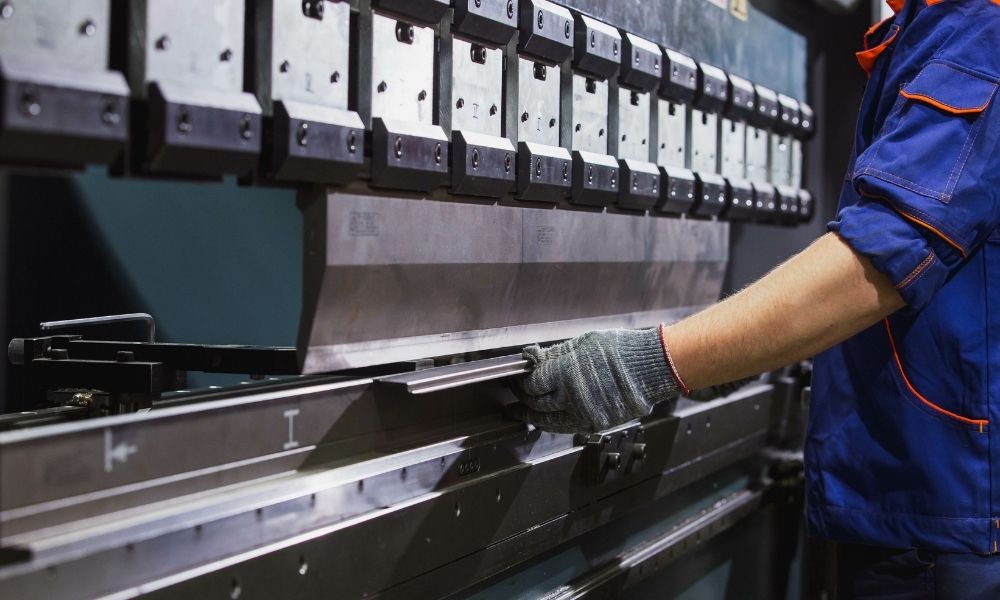Press brakes are one of the most common braking systems used on vehicles. They’re a simple and efficient way to stop a vehicle quickly. Here’s everything you need to know about press brakes: what they are, how they work, what kinds of vehicles use them, how to adjust them, and how to use them safely.
One benefit of many kinds of metal is that they are ductile; ductility means metal can be molded into a specified form before breaking. This ductility is the reason that they often assume different shapes and configurations.
Table of Contents
What Is A Press Brake?
A press brake is used by manufacturers to bend sheet metal. It is short and narrow, making it suitable for bending large pieces of sheet metal.
What Types Of Press Brakes Are There?
Achieving and delivering the magnitude of force necessary to bend sheet metal requires a different punch or the creation of multiple punches. The methods of force application include hydraulic, pneumatic, electric, or mechanical methods. Although many brake types are collectively named “press brakes,” some are individually named (e.g. hydraulic press brake, servo-electric press brake).
The amount of force press brakes provide is called tonnage. A measure of tons of force that of a press brake, is named tonnage. Most hydraulic presses provide very high amounts of force, while servo and electric pneumatic presses supply lesser amounts of force.
A servo-electric press brake generally has the highest accuracy of all types. Pneumatic and servo-electric press brakes are also often faster than hydraulic and mechanical press brakes as well.
Mechanical Press Brakes
A motor operating inside of the device powers a large flywheel at high speeds. The operator controls the clutch connected to the flywheel, which then sets the other elements in motion to enable the metal to be bent. The mechanical press brake is much less complex than the hydraulic brake, and the electronics it incorporates are considerably more accessible for servicing and operation.
Hydraulic Press Brakes

Hydraulic presses apply pressure through a hydraulic circuit to enable the ram to go down, rather than relying on mechanics alone. They may also have multiple cylinders and provide the operator with more precise control over the angle of the bend. As a result, there is a highly exact and customizable bend.
Press Brake Controls
Early models of motion controllers only had one axis of movement. They were extremely less advanced than more complex machines with greater than 12 axes of motion. Newer setbacks are especially precise and give graphical output to allow the user to see what the application procedure entails. Computer programs have also reduced the preparation time for complex tasks considerably.
What Needs To Be Considered When Bending A Metal Using A Press Brake?
Unlike many other types of metals, there are different bends on a variety of bends with metallic stamping. You need to take into consideration personalizing a shape for metals that are being bent, the shape of the mold, the punch, and the bending force.
Metal type is critical to remember due to the various physical features of metals. For instance, pliable low carbon steel will be significantly less bendable by a press brake than multiple aluminum alloys as a result of the variations in strength and malleability. Metals typically have a suggested minimum bend radius that the material is designed to allow to be bent.
Types of Bending
Bottom-bending, means that the ram presses the metal to the bottom of the die, which allows it for exceptionally accurate bends. This method relies only on the press brake, decreasing the need for the machine itself. The only tools are established to make one particular bend, so you will need to consider buying a new one for each different angle you need to make. Air bending leaves a gap in the ram when you get at the bottom of the plunger. This allows for the individual to adapt to any rebound that the material might give.
To summarize, press brakes are a versatile and efficient tool for metalworking. By understanding the basics of their operation and the different types available, you can select the press brake that is best suited to your needs. When using a press brake, always take safety precautions to avoid injury. With proper use, a press brake can help you create precise and durable metal parts.

